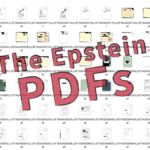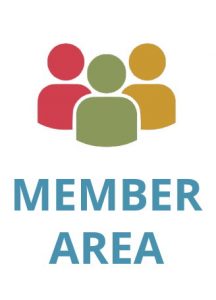Both symbol and substance of interoperability
October 31, 2014


October 31, 2014

About PDF Association staff
 Theres a good reason why Wikipedias entry on de facto standard specifically references the portable document format, or PDF.
Theres a good reason why Wikipedias entry on de facto standard specifically references the portable document format, or PDF.
A truly standards-based, open technology, PDF's value is based on a premise of interoperability; the ability to easily exchange documents reliably across town, between operating systems and over decades.
For these purposes, PDF has no real competition; indeed, Google Trends clearly shows, users keep asking for more PDF.
Mere publication of a file format specification doesnt make a de facto standard, however. It takes a community.
Software developers working with electronic documents can only realize PDFs value proposition for their customers when they make interoperability with other vendors' PDF creation or processing software a primary consideration.
PDF works because vendor X knows how to make a file that vendor Y will know how to read. Both vendors are motivated to understand the specification; to refrain from making mistakes in file creation, or in damaging the files their software encounters, and so on.
At 21 years of age, PDF may be pretty old for an internet-era technology, but it keeps finding new uses. Combine PDF's power-features with the fact that it's a mature ISO standard, and a de facto standard for billions of end users worldwide, and PDF looks more like a sleeping giant.
The power of interoperable PDF
The possibilities are endless. Complete SDKs are available to create, edit or display files using any feature of PDF, including, but not limited to:
- For electronic documents, seamless, digital-signature based tamper-proofing, authentication, certification, revocation and access
- Complete accessibility of the content in PDF documents to users with disabilities
- Integration of geospatial data with correctly-scaled PDF pages
- Automated transaction processing with ZUGFeRD or similar e-invoicing models
- PDF/A, the future-proof electronic document archival subset of PDF
- XML metadata that's part of the file, not just retained in an indexing system
- Support for multiple languages and pronunciations
- Support for fully standardized rich commenting and highlighting
- Support for other annotations (shapes, redaction, rich text, movies and more)
- Fillable forms operated by ISO standardized JavaScript for PDF
- 3D data representation via PRC for PDF
- Joining world-wide consensus on PDF/A, the future-proof electronic document archival subset of PDF
PDF breeds cooperation
Both at the ISO and industry association levels, the PDF industry is characterized by regular technical meetings to discuss, plan and write the next version of PDF. Everyone wants to share their experiences to ensure clear text and reduce barriers to interoperability.
Thats why there are over 150 paying members of the PDF Association, with many joining twice-a-year ISO meetings to help iron out consensus on where PDF should be going.




